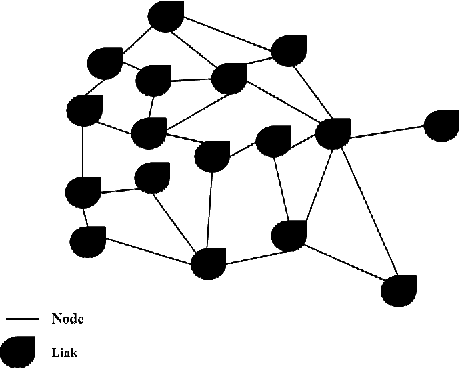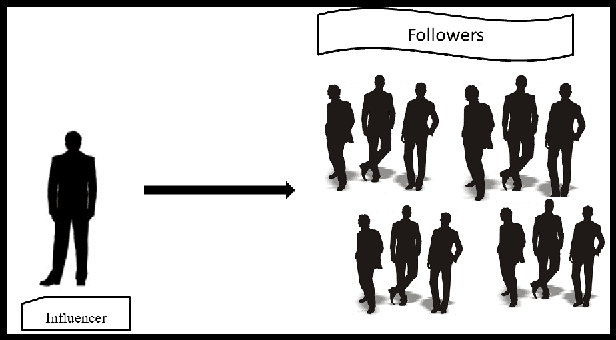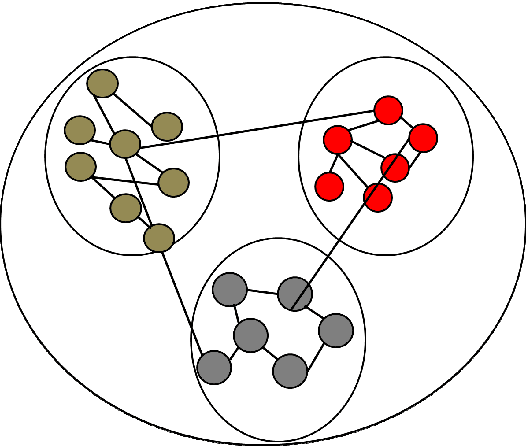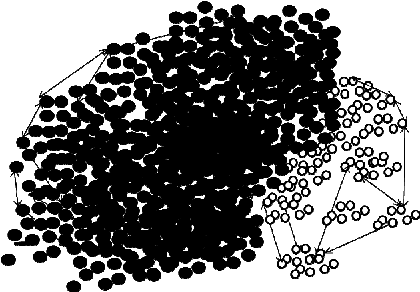Frederic Stahl
Human-Robot Collaboration System Setup for Weed Harvesting Scenarios in Aquatic Lakes
Oct 23, 2024Abstract:Artificial Water Bodies (AWBs) are human-made and require continuous monitoring due to their artificial biological processes. These systems necessitate regular maintenance to manage their ecosystems effectively. Unmanned Surface Vehicle (USV) offers a collaborative approach for monitoring these environments, working alongside human operators such as boat skippers to identify specific locations. This paper discusses a weed harvesting scenario, demonstrating how human-robot collaboration can be achieved, supported by preliminary results. The USV mainly utilises multibeam SOund NAvigation and Ranging (SONAR) for underwater weed monitoring, showing promising outcomes in these scenarios.
Hyperparameter Importance Analysis for Multi-Objective AutoML
May 15, 2024



Abstract:Hyperparameter optimization plays a pivotal role in enhancing the predictive performance and generalization capabilities of ML models. However, in many applications, we do not only care about predictive performance but also about objectives such as inference time, memory, or energy consumption. In such MOO scenarios, determining the importance of hyperparameters poses a significant challenge due to the complex interplay between the conflicting objectives. In this paper, we propose the first method for assessing the importance of hyperparameters in the context of multi-objective hyperparameter optimization. Our approach leverages surrogate-based hyperparameter importance (HPI) measures, i.e. fANOVA and ablation paths, to provide insights into the impact of hyperparameters on the optimization objectives. Specifically, we compute the a-priori scalarization of the objectives and determine the importance of the hyperparameters for different objective tradeoffs. Through extensive empirical evaluations on diverse benchmark datasets with three different objectives paired with accuracy, namely time, demographic parity, and energy consumption, we demonstrate the effectiveness and robustness of our proposed method. Our findings not only offer valuable guidance for hyperparameter tuning in MOO tasks but also contribute to advancing the understanding of HPI in complex optimization scenarios.
A Survey of Data Mining Techniques for Social Media Analysis
Apr 16, 2014



Abstract:Social network has gained remarkable attention in the last decade. Accessing social network sites such as Twitter, Facebook LinkedIn and Google+ through the internet and the web 2.0 technologies has become more affordable. People are becoming more interested in and relying on social network for information, news and opinion of other users on diverse subject matters. The heavy reliance on social network sites causes them to generate massive data characterised by three computational issues namely; size, noise and dynamism. These issues often make social network data very complex to analyse manually, resulting in the pertinent use of computational means of analysing them. Data mining provides a wide range of techniques for detecting useful knowledge from massive datasets like trends, patterns and rules [44]. Data mining techniques are used for information retrieval, statistical modelling and machine learning. These techniques employ data pre-processing, data analysis, and data interpretation processes in the course of data analysis. This survey discusses different data mining techniques used in mining diverse aspects of the social network over decades going from the historical techniques to the up-to-date models, including our novel technique named TRCM. All the techniques covered in this survey are listed in the Table.1 including the tools employed as well as names of their authors.
* 25 pages, 9 figures
 Add to Chrome
Add to Chrome Add to Firefox
Add to Firefox Add to Edge
Add to Edge